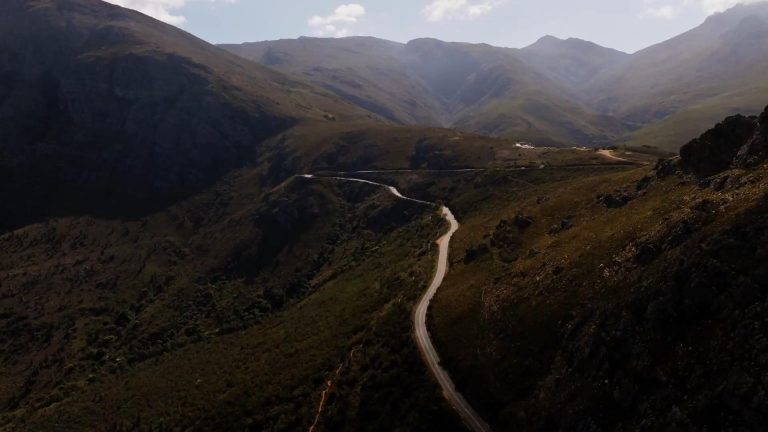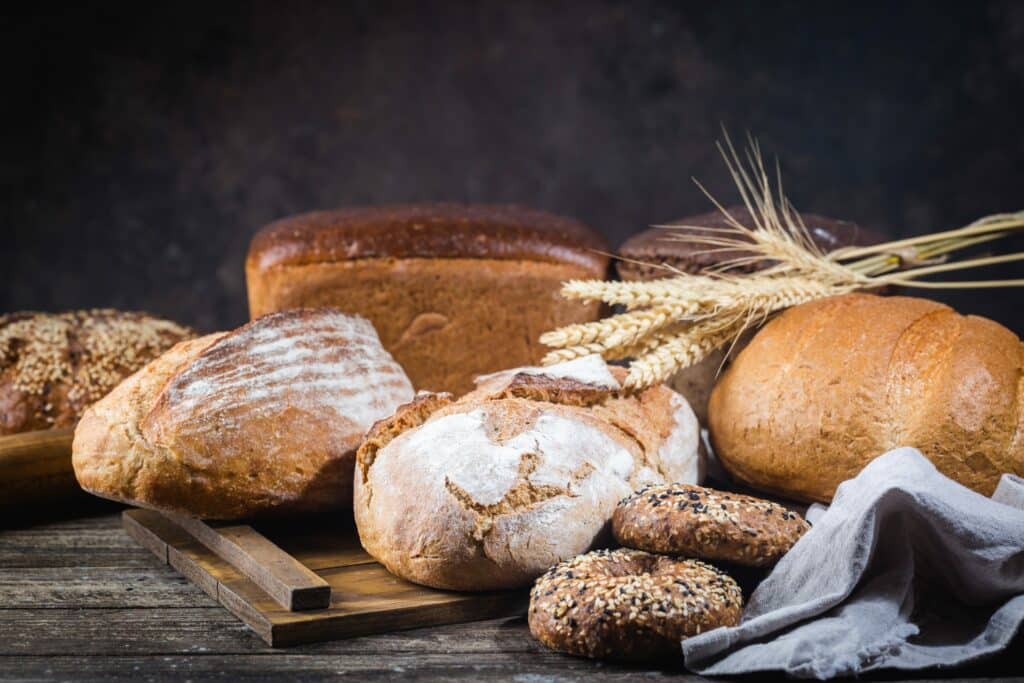Carin Smith, Fin24, 28 February 2022, photo credit: 123RF/roxiller
If the Russian invasion of Ukraine – described by some as the darkest hour for Europe since World War 2 – is not resolved quickly, SA could feel a squeeze from spikes in petrol prices, as well as earlier and bigger interest rate hikes by the SA Reserve Bank to curb inflation, and higher bread prices.
Furthermore, a lower demand for SA’s commodities and a “risk-off” attitude among investors towards emerging markets, could end up impacting the rand.
“All in all, it is not good for South Africa. Estimations used for SA’s national budget tabled on Wednesday did not consider a war in Ukraine, which could impact global growth and in turn that of SA, depending on how protracted the war ends up being,” says economist Thabi Leoka.
Fuel prices
On Thursday, the global oil price surged past $105 per barrel after Russia sent military forces into parts of Ukraine, increasing fears of a war in Eastern Europe. Russia is a key producer of crude oil and the market is nervous that oil supplies will be disrupted.
“Oil is South Africa’s biggest import item, so the immediate impact on consumers’ pockets will be higher petrol prices,” says Maarten Ackerman, chief economist at Citadel Investment Services.
Before the latest oil price spike, the petrol price looked set for a hike of around R1.25 a litre in the first week of March. This would push the price of 95 octane petrol in Gauteng to a record high of above R21.
However, the petrol price hike is now bound to be even steeper due to the latest oil run, as well as a sharp shock to the rand on Thursday.
South Africa buys oil in dollar, and therefore the fuel price is also determined by the exchange rate. On Thursday, the rand weakened by almost 3% to R15.46. A week ago, it was trading below R15.
As a consolation, Johann van Tonder, economist and researcher at Momentum Insights, points out that at least the fuel levy was not increased in the national budget tabled on Wednesday.
Analyst Peter Attard Montalto of Intellidex, thinks there could be a R1.30/litre petrol price hike in March and maybe another 30c/l to 40c/l hike in April – despite the freeze on a fuel levy increase.
“Higher petrol clearly affects the poorest most and can force the share of poor households’ incomes spent on transport costs through the roof,” says Attard Montalto.
The rand
The Russian rouble crashed to a record low, and Leoka expects that the volatility in the Ukraine will have consequences for the rand.
“Like South Africa, both Russia and Ukraine are emerging markets, and typically investors move away from emerging markets when they are seen as riskier,” she explains.
In addition, the war could slow economic growth – dampening the demand for commodities. As South Africa is a major commodity exporter, this could weigh on the rand, says Ackerman.
“The conflict in Ukraine will slow down global growth, which has just been recovering from the Covid-19 lockdowns. What that means for SA is a further disruption of demand for our goods,” cautions Leoka.
Despite an increase in market risk, the rand is still the fourth-best performer against the US dollar from its emerging market peers on a year-to-date basis – 5% stronger – according to Sanisha Packirisamy, chief economist at Momentum Investments.
Agriculture and food prices
Russia and Ukraine account for 25% to 30% of the world’s wheat exports, so there could be upward pressure on grain prices, Packirisamy says.
“Even before the Russia-Ukraine issue flared, fertiliser prices were already a problem for SA farmers,” she adds.
SA exports a limited number of agricultural products to Russia and Ukraine – mainly citrus, nuts, vegetables and tobacco, according to Wandile Sihlobo, chief economist of the Agricultural Business Chamber of SA (Agbiz).
It does, however, import wheat from the two countries.
Sihlobo says the Ukraine-Russia conflict is beginning to add a lot of anxiety on the grain market.
“For South Africa, in the near term, it might not be affected through shortages of supplies, but what we will see is an upside risk on the food price inflation side as it continues to add to the global price surge. It would depend on the length of the conflict as well as the scale of the disruption on trade,” says Sihlobo.
Decent harvest projections, however, should shield SA to some degree, according to Attard Montalto.
Inflation and interest rates
The combination of higher fuel prices, pricier wheat and a weaker rand will push inflation higher in South Africa.
Attard Montalto expects the Ukraine conflict could bring headline inflation up to around or just above 6% through the second quarter of 2022, from 5.7% currently.
“This opens up the need for 50 basis points interest rate hikes rather than just 25 basis point moves to get back to neutral inflation rates [5.75%] faster,” he says.
But Van Tonder points out that SA’s inflation targeting rules make provision for the SARB not to increase interest rates stemming from shocks such as wars. The SARB will probably look through the inflationary effect of the oil price shock and manage interest rates accordingly, in his view.
Packirisamy also believes the SARB will be cautious in assessing the second-round effects of the energy price shock.
“If the SARB believes this shock to be short-lived, they may look through the initial inflation effects and assess whether the energy shock has caused broader-based inflation pressures. We are looking for an additional three interest rate hikes, of 25 basis points each this year from the SARB,” she comments.
If needs be, the SARB will reassess its stance on monetary policy and bring forward expected interest rate hikes which may previously have taken place on a more staggered basis, she says.
Should the situation in Ukraine calm down relatively quickly and oil prices return to lower levels, then a longer-term impact on South Africa’s inflation rate could be avoided, according to Ackerman.
It can take six to nine months for South Africa’s inflation rate to reflect a currency slump, for example.
Because oil and energy are so essential for a country, a rise in price will both raise the average price level, as those costs get passed on, and reduce output, as the economy cuts back on oil consumption. Thus, we can easily expect that many prices will rise and real GDP growth will decline, according to Dr Mark Ellyne, Adjunct Associate Professor of Economics at UCT, retired.
“Wars raise uncertainty and uncertainty and future risk dampens consumers’ demand. A European war is also likely to reduce trade flows and incomes from the various sanctions imposed. Thus, there is likely to be a decline in world trade. Furthermore, there is also likely to be a certain rearrangement of trade patterns owing to sanctions on Russia and a fall in Ukrainian exports,” says Ellyne.
- This article was updated with comment by Dr Ellyne on Friday at 15:30.
The South African Pork Producers’ Organisation (SAPPO) coordinates industry interventions and collaboratively manages risks in the value chain to enable the sustainability and profitability of pork producers in South Africa.









